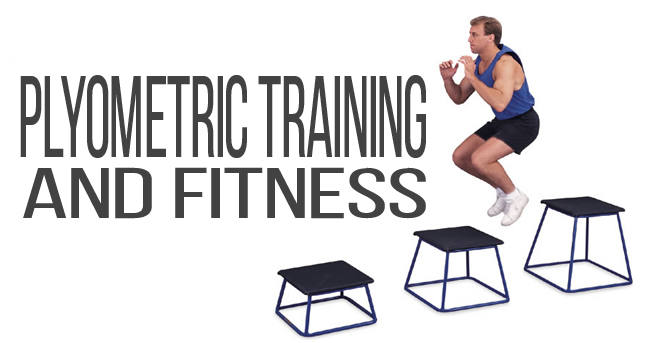Plyometric training is typically used when working with athletes to improve speed, power, and strength. Further, it’s possible that plyometric training can lead to beneficial changes in cardiorespiratory fitness. However, when compared to athletes, less is known about the effects of plyometrics training in a recreationally active adult population. To evaluate this, researchers from the Department of Health and Human Performance at Montana State University and the Department of Fitness at our very own Ridge Athletic Clubs, collaborated in this pilot study. The purpose of the study was to evaluate whether resistance and plyometric training combined was more effective than resistance training alone at improving strength, power, and predicted cardiorespiratory fitness in recreationally active adults. Eleven active adults (two males and nine females) participated in the study. Subjects were randomly assigned to a treatment or control group. The treatment group completed 6 weeks of plyometric and resistance training whereas the control group completed 6 weeks of resistance training only. Each of the participants performed pre- and post-assessments for vertical jump, countermovement jump, multiple 5-bound, five-repetition maximum leg press, body fat, treadmill time to exhaustion, and predicted VO2MAX. Body fat was measured using underwater weighing (Hydrodensitometry) at the MSU Human Performance/Movement Science Lab. All other tests and protocols were performed at the Ridge Athletic Clubs.
There were no significant changes for vertical jump, countermovement jump, multiple 5-bound, or body fat. Five-repetition maximum leg press significantly improved in both groups. However, time to exhaustion and PVO2mx significantly increases from pre to post in the plyometric group only. Authors concluded that although both groups showed significant improvements in leg strength, the addition of plyometric training resulted in improvements in TTE and PVO2MAX. This suggests plyometric training may helpful at improving cardiorespiratory fitness. Thus, for recreationally active adults looking to improve functional capacity, plyometric training may be a useful type of exercise to incorporate into your program.
If you have questions about this type of training, please speak with one of our Fitness Professionals. Our Fitness staff can help evaluate if this type of training is appropriate for you and help ensure you have a safe and effective exercise training program.
 About the Author: Ed Davila is the Director of Fitness at the Ridge Athletic Clubs. He is a Registered Clinical Exercise Physiologist & Certified Exercise Physiologist through the American College of Sports Medicine. He is also a Certified Ergonomics Assessment Specialist through the Back School of Atlanta.
About the Author: Ed Davila is the Director of Fitness at the Ridge Athletic Clubs. He is a Registered Clinical Exercise Physiologist & Certified Exercise Physiologist through the American College of Sports Medicine. He is also a Certified Ergonomics Assessment Specialist through the Back School of Atlanta.
Clayton (the primary investigator on this project) is currently a second year graduate student in Exercise Physiology and Nutrition at MSU and current intern at the Ridge Athletic Clubs. Clayton earned a Best Master’s Research Award for this study at the 2015 American College of Sports Medicine Northwest Annual Conference. This study was published in the International Journal of Exercise Science.
Reference:
Kirven, C; Davila, E; Edwards, K; Filipowicz, A; Legidakes, L; Nordman, D; Perreault, J; Robinson, W; Tarantino, M; Turnbaugh, B; Vap, C; and Heil, D P. (2015) “INFLUENCE OF PLYOMETRIC AND RESISTANCE TRAINING ON STRENGTH, POWER, AND PREDICTED CARDIORESPIRATORY FITNESS IN ACTIVE ADULTS,” International Journal of Exercise Science: Conference Proceedings: Vol. 8: Iss. 3, Article 75.
Available at: http://digitalcommons.wku.edu/ijesab/vol8/iss3/75

